ABB ACS880 Series, Standard Model 01-02A4-3, 3ABD00035958-D Frequency Converter
The ABB ACS880-01-02A4-3 3ABD00035958-D is an advanced industrial frequency converter designed for precise control solutions across various manufacturing sectors. It offers unmatched flexibility and efficiency, making it ideal for applications requiring high performance and reliability.
Detailed content
Network Frequency:50-60 Hz
Functions:Variable Speed/Frequency Drive (VSD/VFD) / Inverter, Safe Torque Off (STO), Direct Torque Control (DTC), PID control, Energy optimizer, Diagnostics
Design:Assistant control panel, ATEX compliant, Choke Supply
Supply Voltage (AC):380Vac-500Vac (400Vac / 415Vac / 440Vac / 480Vac)
Rated Current:3A (nom.; 500Vac), 2.8A (LD Light Overload; 500Vac), 2.1A (HD Heavy-Duty)
Type of Network:3-phase / 3P
Introducing the ABB ACS880-01-02A4-3 | 3ABD00035958-D, a top-tier industrial frequency converter renowned for its robust performance and efficiency. This model is specifically designed for demanding applications where precision and reliability are paramount.
Featuring advanced Direct Torque Control (DTC) technology, this frequency converter ensures smooth and accurate control of motor speeds, making it ideal for complex machinery and processes in manufacturing, mining, and oil & gas sectors.
With a wide supply voltage range from 380Vac to 500Vac, our converter is adaptable to various power sources, ensuring seamless integration into diverse industrial setups. The 2.1A HD Heavy-Duty rating guarantees exceptional performance under heavy loads, while the 2.8A LD Light Overload rating offers reliable operation in lighter applications.
Safety and compliance are at the forefront of this product’s design. ATEX certification ensures it meets the highest standards for use in potentially explosive environments, guaranteeing operator safety and compliance with international regulations.
Innovative features like Integrated Diagnostics, Energy Optimizer, and PID Control enhance operational efficiency, reduce energy consumption, and provide real-time monitoring and predictive maintenance capabilities. This not only extends equipment lifespan but also minimizes downtime, contributing significantly to overall productivity.
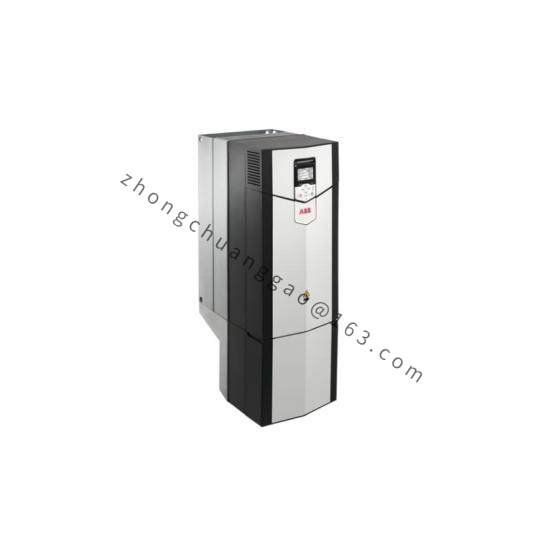



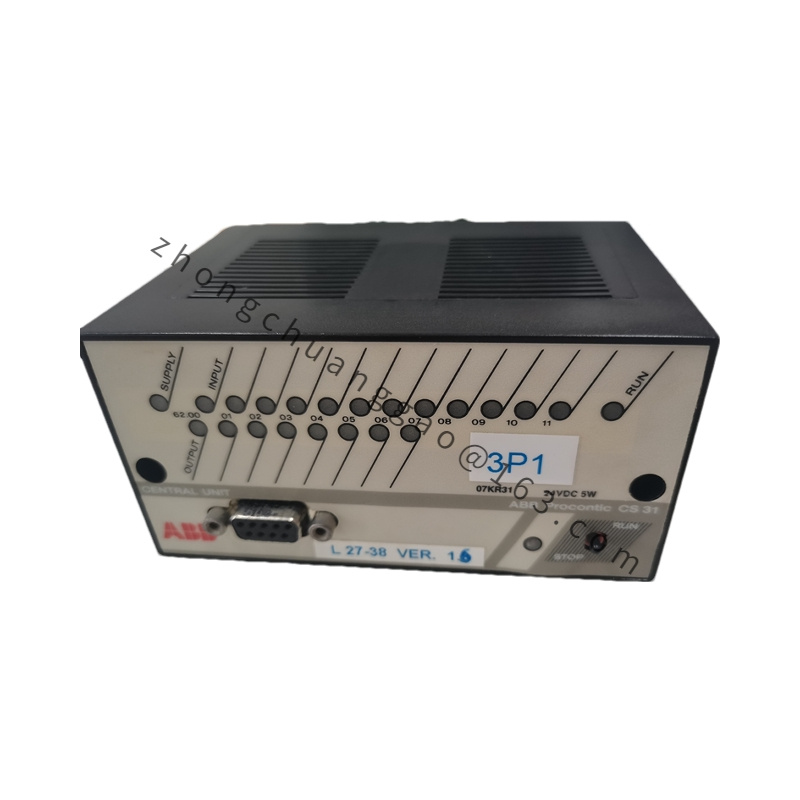

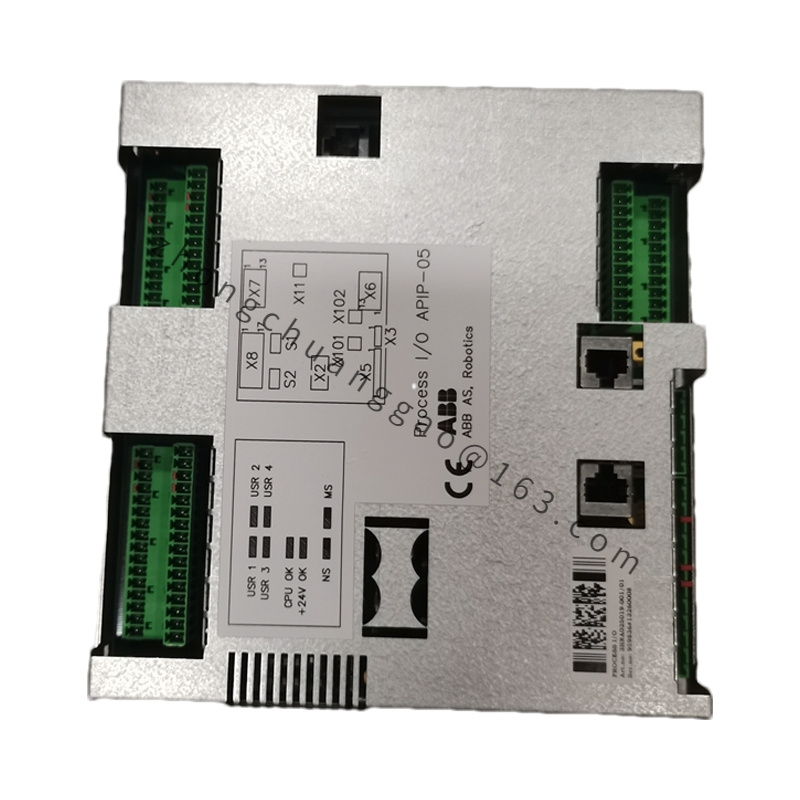
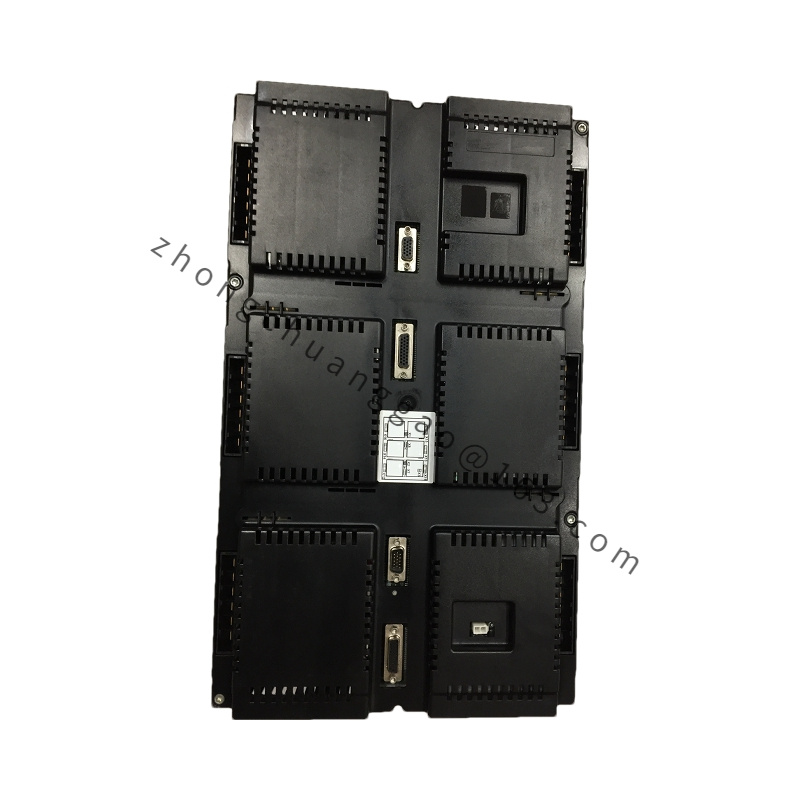
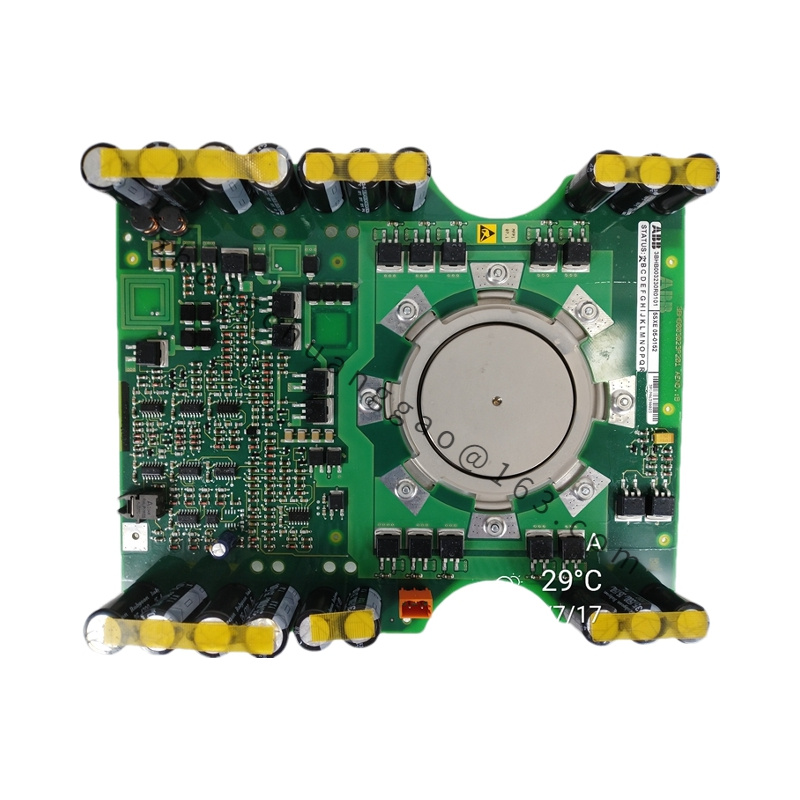
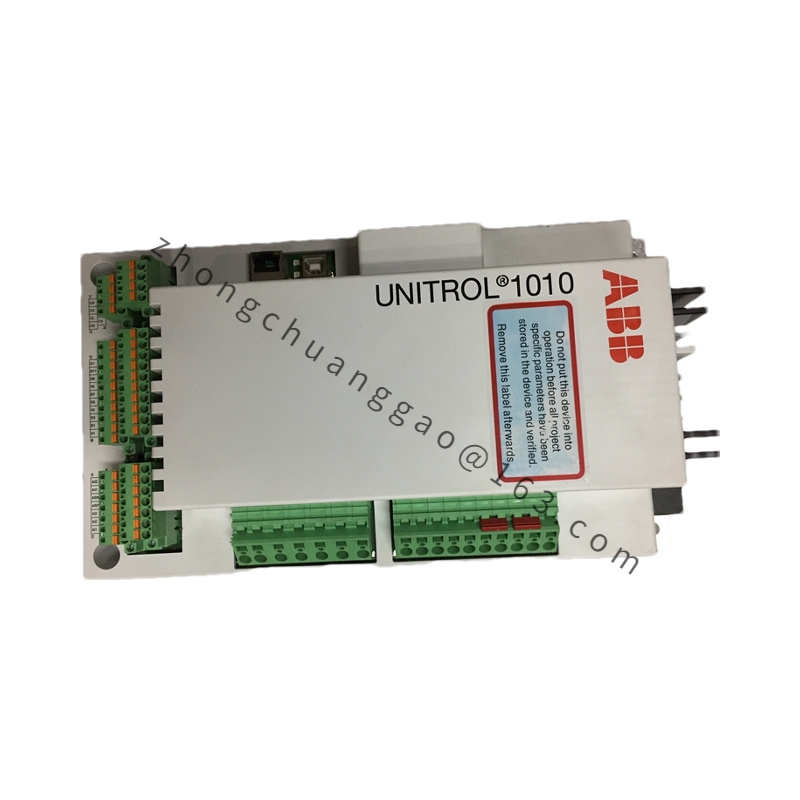
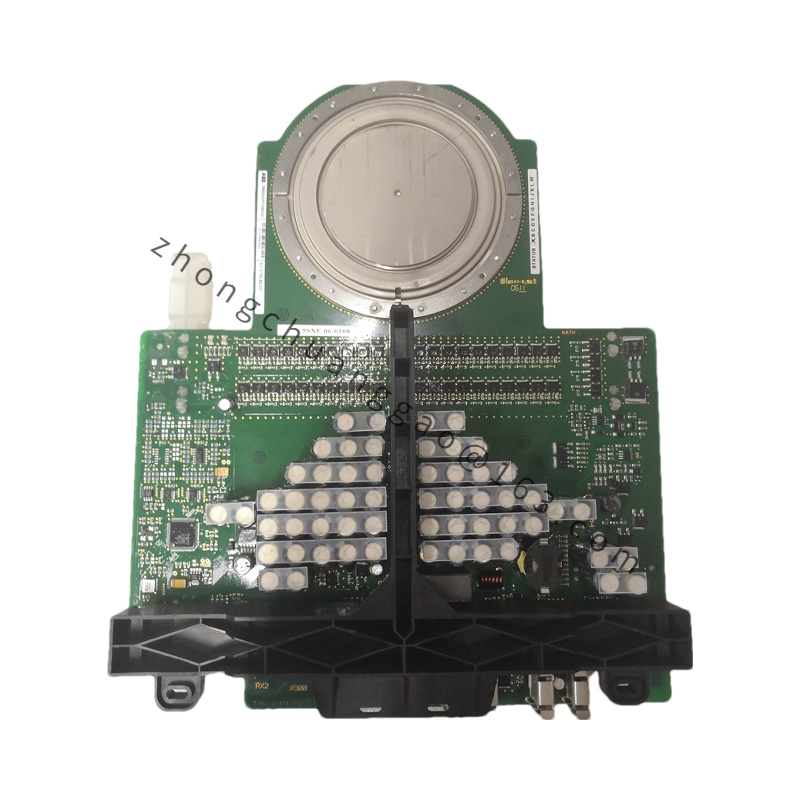
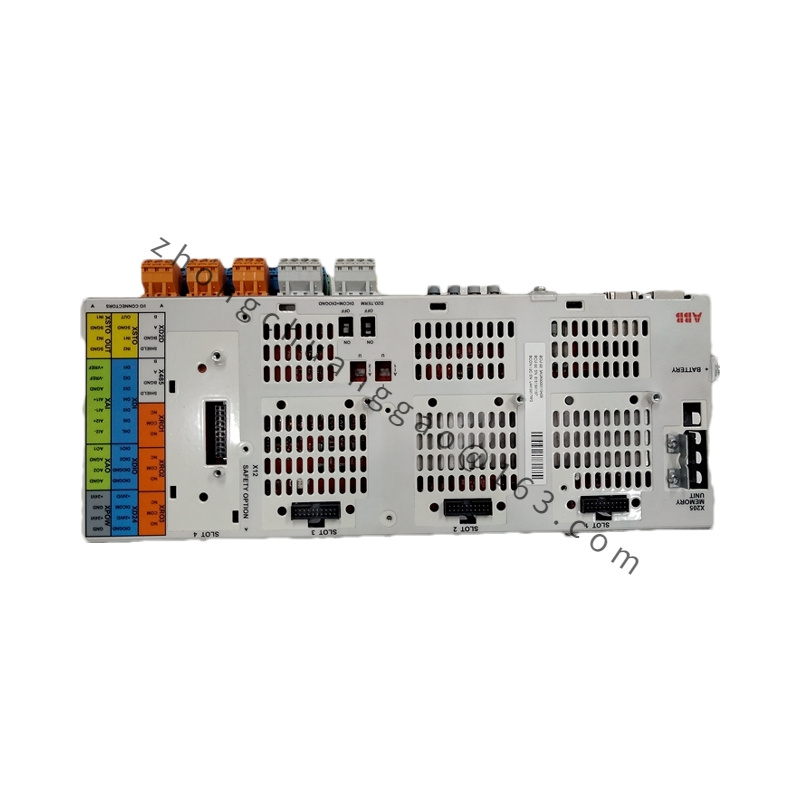
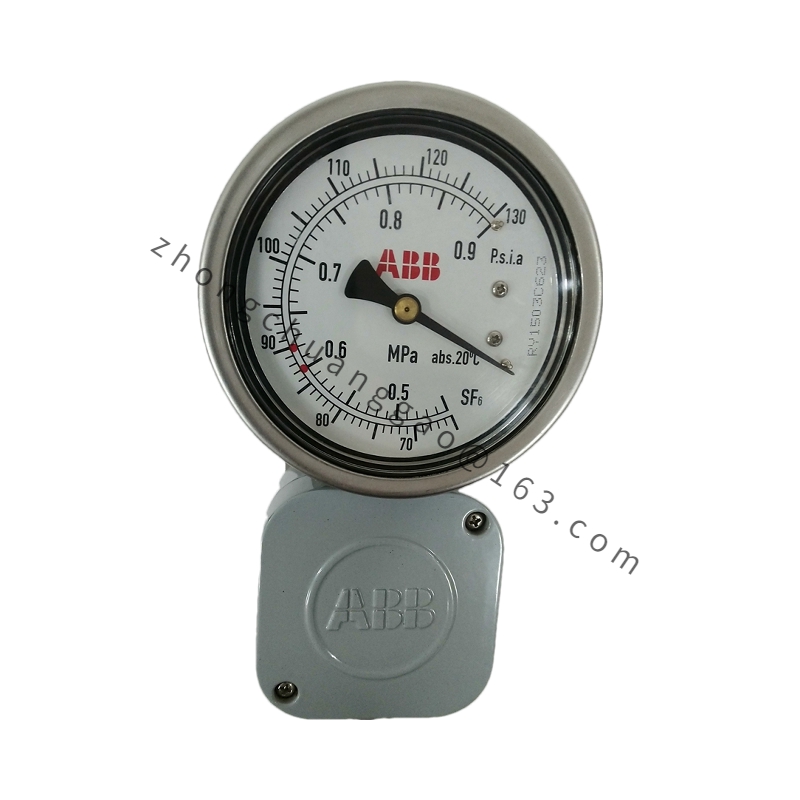
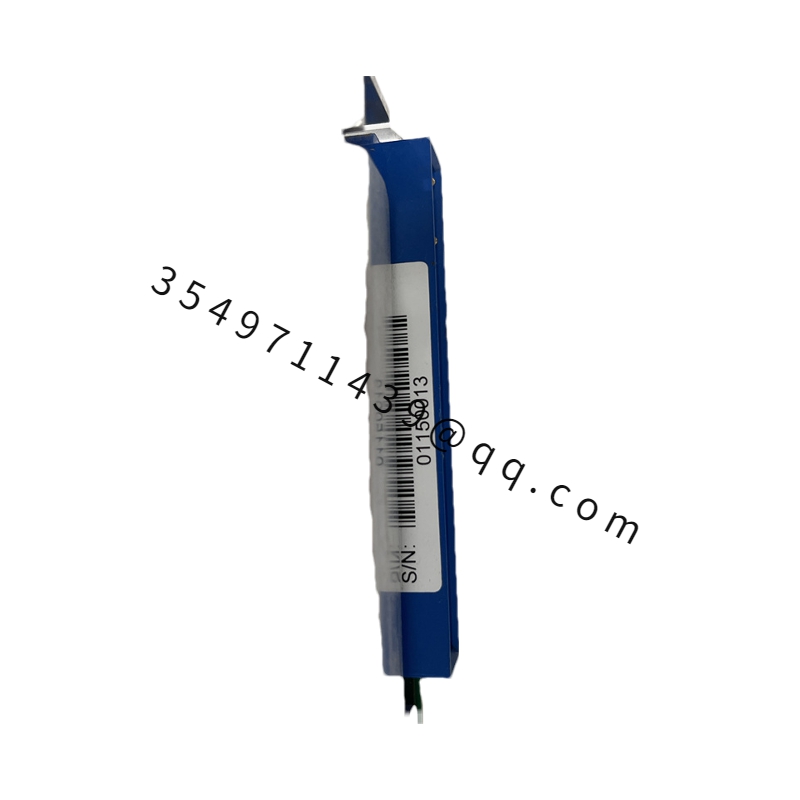
.jpg)